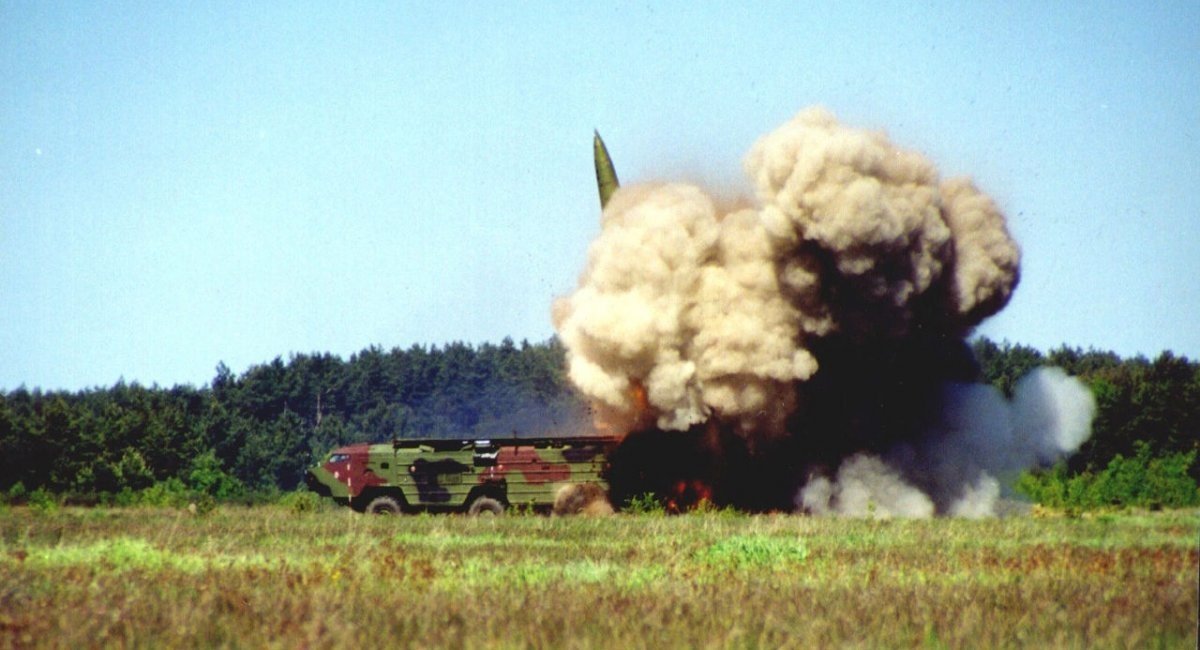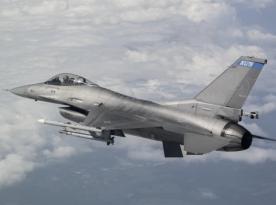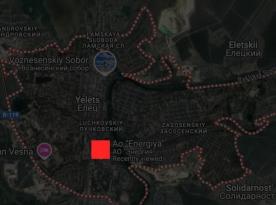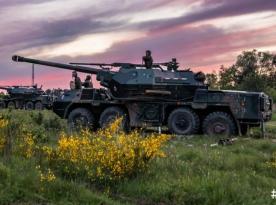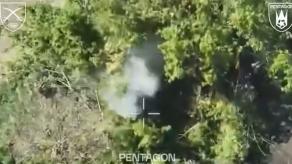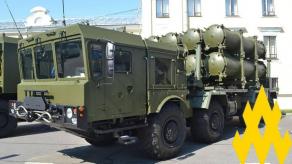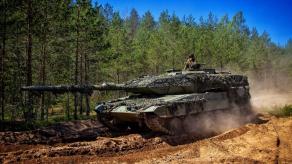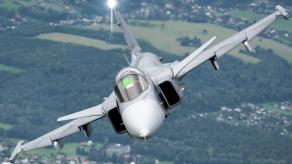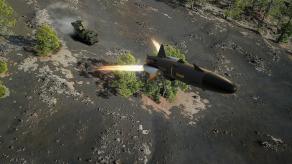The Polish Army has conducted its first live-fire exercise with Homar-K missile systems at a training range near Ustka. The exercise reportedly involved the launch of CGR-080 239mm guided missiles, capable of striking targets at distances of up to 80 kilometers.
This event marks a significant milestone for Poland's military, as it effectively restores the country's capacity to conduct missile strikes which it lost after decommissioning its Tochka short-range ballistic missiles (SRBM) in 2005. The development was highlighted in a report by the Polish news outlet Defence24.
Read more: First Combat Duty of Saab 340 AEW&C in Poland Shows How Long It Takes to Deploy This System
Precyzyjne rażenie celów! PIERWSZE bojowe strzelania rakietowe #HOMAR ! Na Centralnym Poligonie Sił Powietrznych w Ustce, przeprowadzono pierwsze bojowe strzelania rakietowe z wieloprowadnicowych wyrzutni rakietowych HOMAR-K. Zadania bojowe realizowali żołnierze z 1.… pic.twitter.com/ij742Z0JC4— Dowództwo Generalne (@DGeneralneRSZ) December 5, 2024
The modernization of the Ustka range to support missile firing at ranges of 70 km or more was announced during the International Artillery Conference (Międzynarodowa Konferencja Artyleryjska) in Torun on December 2–4, 2024.
Previously, Poland's firing range capabilities were limited to a maximum distance of 20 kilometers, and only "thanks to the great effort of the Rocket and Artillery Forces Board and many other units of the Polish Armed Forces and the broader administration" this capacity was extended, gradually increasing firing distances to 36 km (during Krab self-propelled howitzer tests) and later to 42 km (during tests of domestically produced 122mm rockets), according to Defence24.
The arrival and first firing of the South Korean Homar-K system signifies Poland's broader effort to reestablish its missile forces and also highlights the country's ongoing shift from legacy Warsaw Pact-era systems to modern Western and South Korean military technology.
On a note Defense Express, while Poland's historical missile capabilities provided by Warsaw Pact-standard systems are an interesting topic, there is very little public data available.
It is known that Poland operated Tochka SRBMs from 1989, when it received four launchers, along with an unspecified number of missiles and support vehicles for the 7th Missile Division. Prior to that, this division used the Luna-M missile system.
Notably, what rendered the Poles unable to purchase more Tochka-U launchers at the time was the high price of this system and Moscow's stance.
After the Soviet Union's collapse, Polish engineers maintained the system independently and even made their own technical documentation. However, in 2005 the systems were retired due to the expiration of the missile and launcher service life. One of these Tochka launchers is now displayed at the Artillery Museum in Torun.
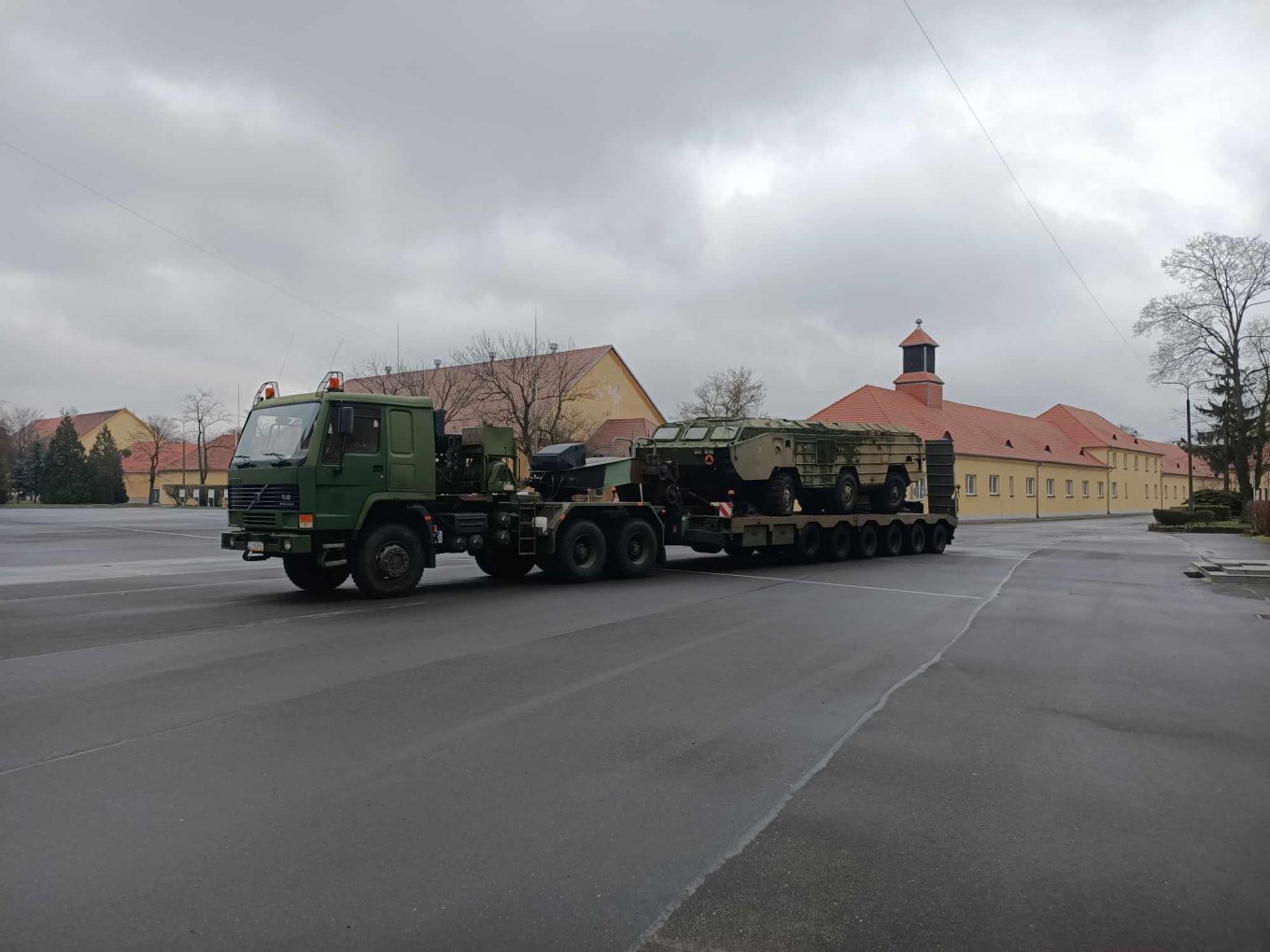
There are also scattered references to Poland's possession of Elbrus SRBMs, also known as Scud missiles, during the Warsaw Pact era. Reports suggest that by 1989, Poland had up to 36 Scud launchers and between 58 to 65 missiles at its disposal. Still, details on Elbrus systems in the Polish military are sparse and not well-documented in available sources.
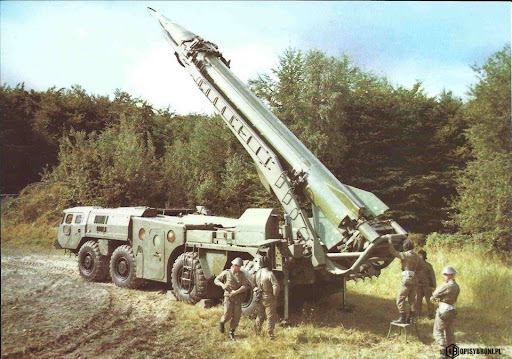
Read more: Insights Into the Missions of Tochka-U From Ukrainian Missile System Operators



